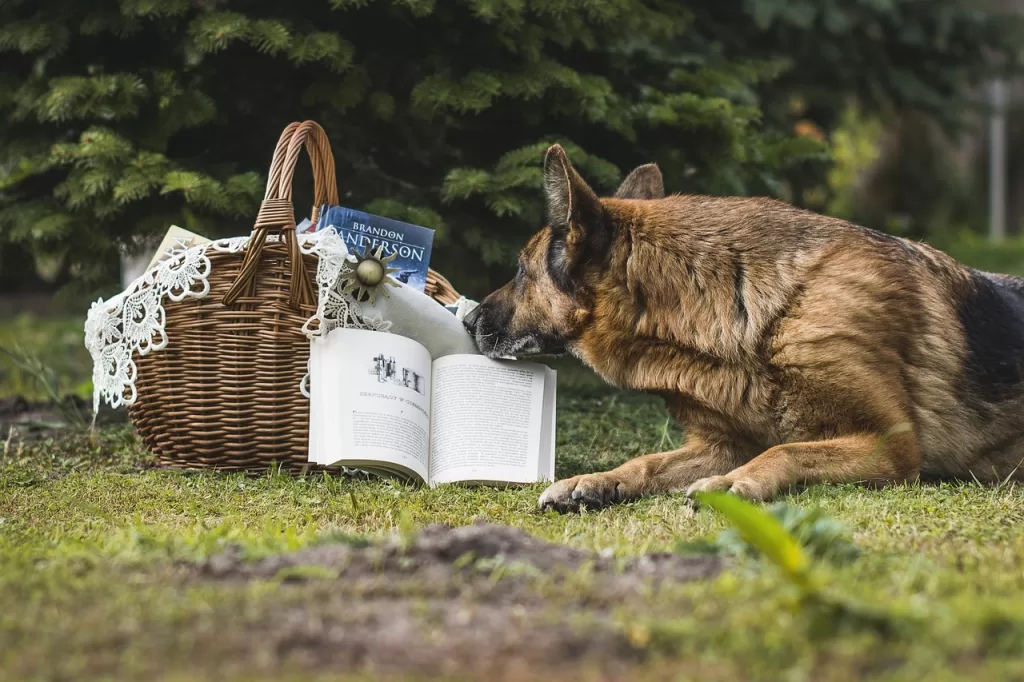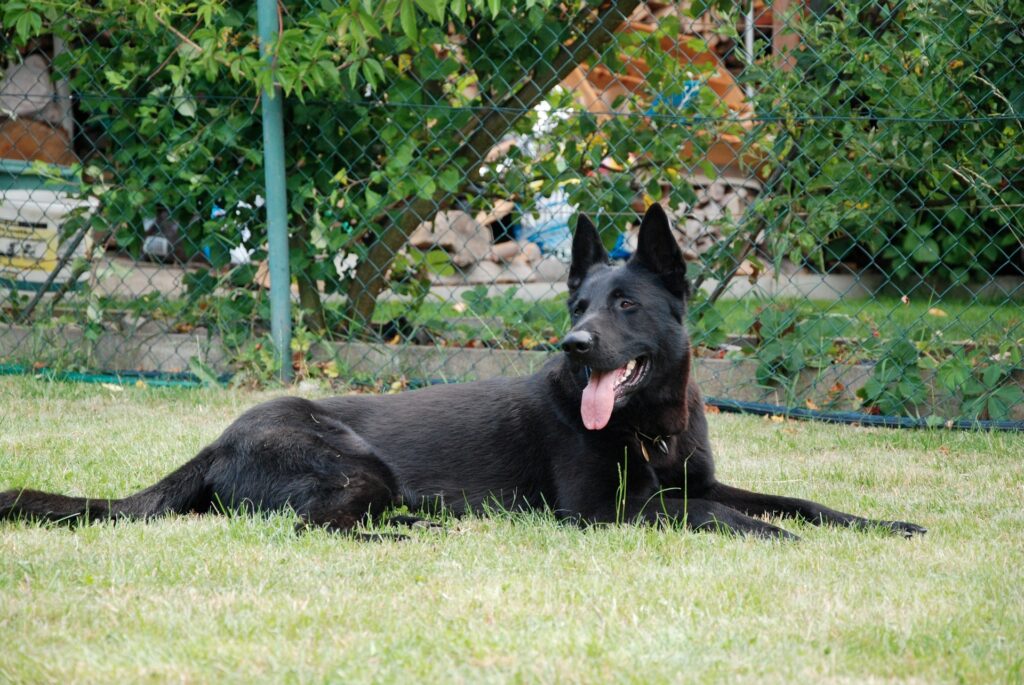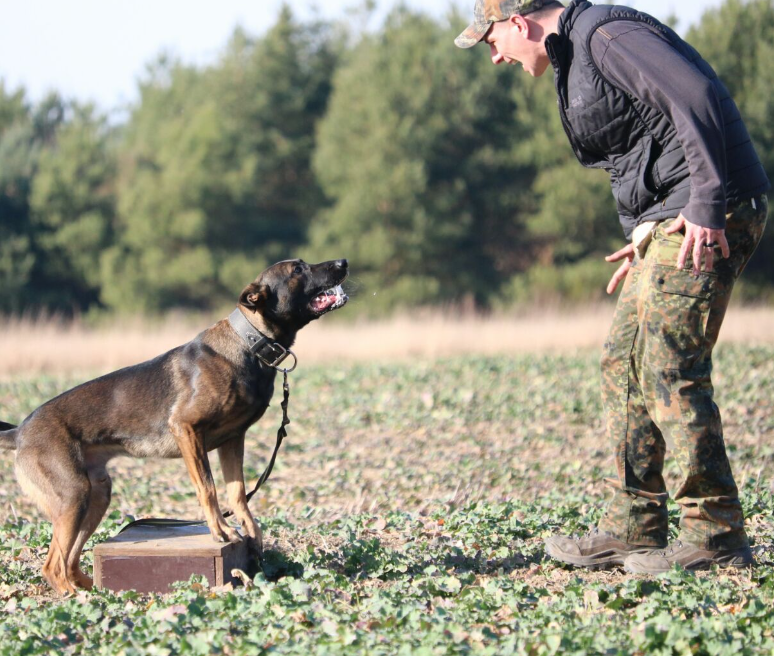
Introduction
Bringing a new dog into your family is an exciting and joyful experience. However, it also comes with a responsibility to train your furry friend to become a well-behaved and cherished member of your household. Proper training not only ensures a harmonious living environment but also strengthens the bond between you and your canine companion. In this blog post, we will explore essential tips and techniques to help you train your dog to be a well-behaved family member.
1. Start with Basic Commands
Basic obedience commands lay the foundation for your dog’s training. Begin with simple commands such as “sit,” “stay,” “down,” and “come.” Use positive reinforcement, such as treats and praise, to reward your dog when they successfully follow a command. Consistency is key during this phase, as dogs thrive on routine and repetition.
2. Establish a Routine
Dogs are creatures of habit and thrive in a structured environment. Establishing a daily routine for feeding, exercise, and training will help your dog understand expectations and reduce behavioral issues. A consistent schedule provides stability and ensures that your dog knows what is expected of them throughout the day.
3. Socialize Your Dog
Proper socialization is crucial for a well-adjusted dog. Expose your furry friend to various environments, people, and other animals from an early age. This exposure helps them develop confidence and learn how to interact appropriately. Enroll your dog in puppy classes or organize playdates with other dogs to facilitate positive social interactions.
4. Reinforce Positive Behavior
Positive reinforcement is a powerful tool in dog training. Whenever your dog displays good behavior, reward them immediately with treats, verbal praise, or petting. This positive association will encourage them to repeat the desired behavior. Conversely, avoid punishment-based training methods, as they can create fear and anxiety, undermining the trust between you and your dog.
5. Consistency is Key
Consistency is vital in dog training. Set clear expectations and ensure that all family members follow the same training guidelines. Using consistent commands and techniques will prevent confusion and help your dog understand what is expected of them. Reinforce training regularly, even after your dog has mastered a command, to maintain their skills and reinforce your bond.
6. Provide Mental and Physical Stimulation
A well-behaved dog is a tired dog. Ensure your furry friend receives adequate mental and physical exercise to prevent boredom and destructive behavior. Engage in daily walks, play interactive games, and provide puzzle toys to keep their minds sharp and bodies active. A tired dog is more likely to be calm and well-behaved.
7. Seek Professional Help if Needed
If you encounter specific challenges during training, consider seeking professional help from a certified dog trainer or behaviorist. They can provide guidance tailored to your dog’s specific needs and help address any behavioral issues that may arise. Professional trainers offer invaluable expertise and can assist you in refining your training techniques.
Conclusion
Training your dog to be a well-behaved family member requires patience, consistency, and positive reinforcement. By starting with basic commands, establishing a routine, socializing your dog, reinforcing positive behavior, and providing mental and physical stimulation, you can lay the groundwork for a happy and harmonious relationship. Remember, training is an ongoing process that requires dedication and time, but the rewards of having a well-behaved dog are immeasurable. With love, patience, and proper training, your furry friend will become an integral part of your family and bring you joy for years to come.


